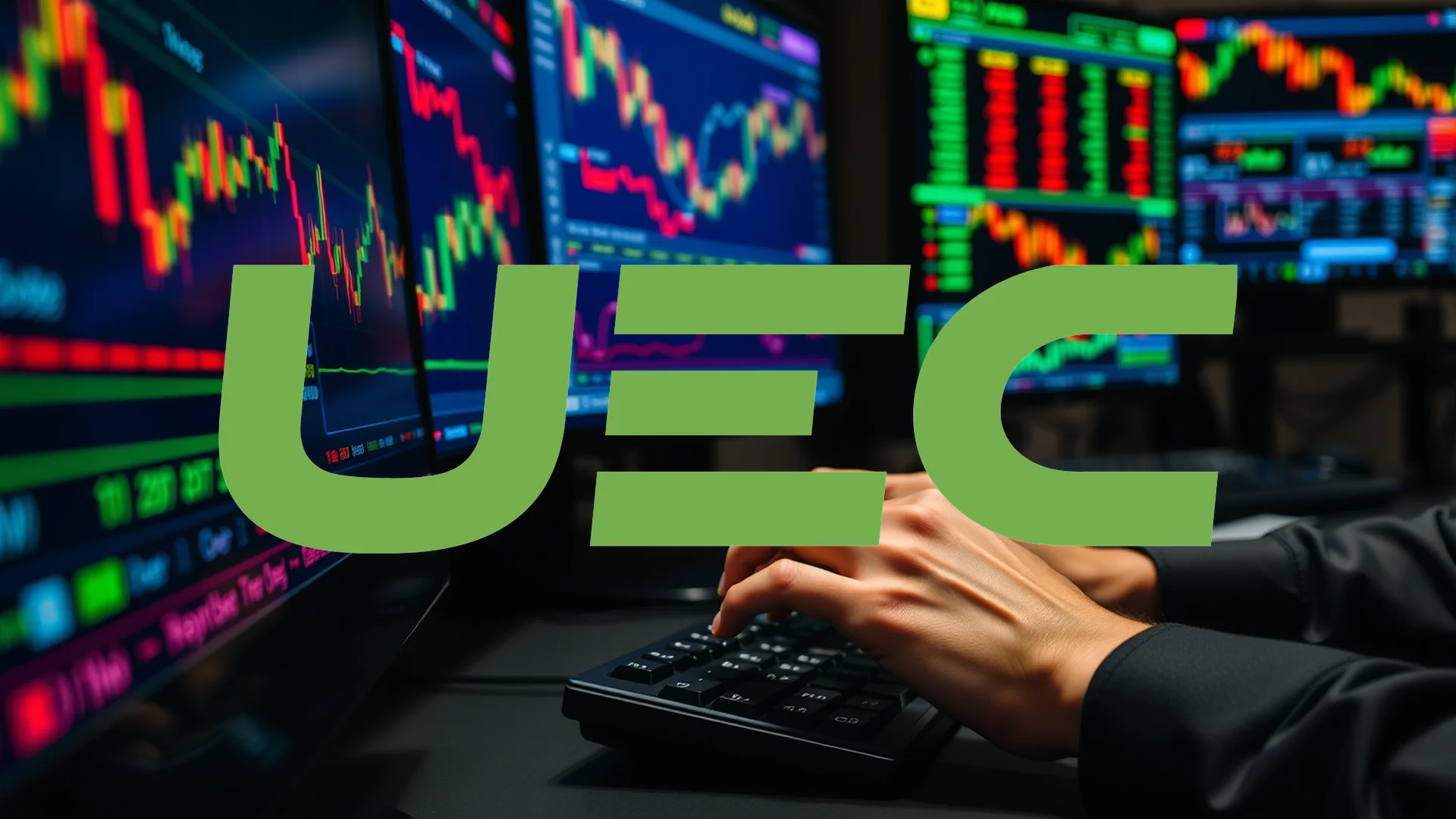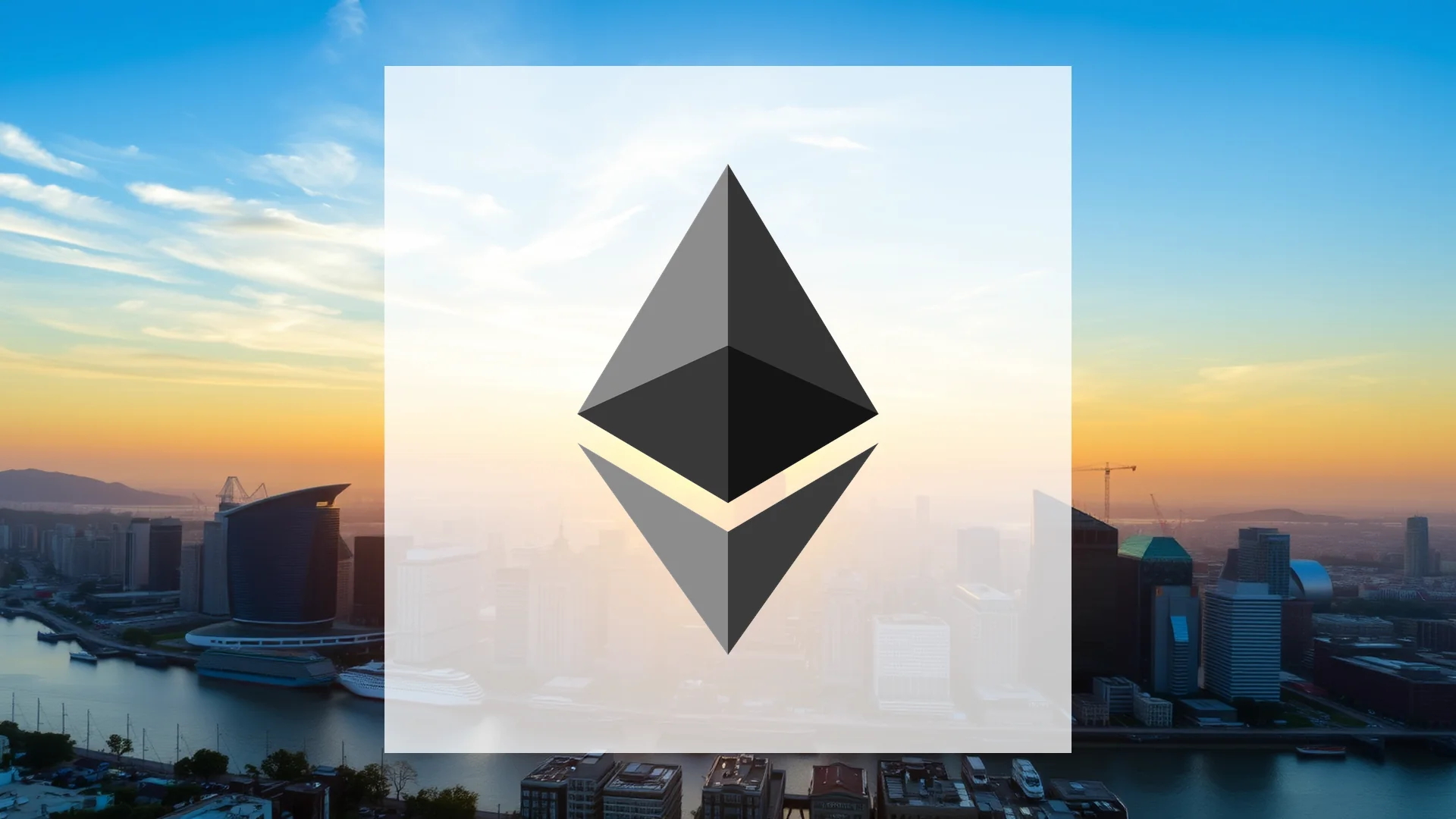The athletic apparel behemoth is sending wildly conflicting signals to the market, creating a significant puzzle for shareholders. As profit forecasts tumble and corporate executives reduce their holdings, major institutional players are making substantial purchases in the background. Are these Wall Street titans betting against the clear downward trajectory, or are they walking directly into a trap?
Insider Selling Raises Eyebrows
The optimism from financial institutions stands in stark contrast to actions taken within Nike’s executive suites. Recent SEC filings disclose that Chairman Mark G. Parker divested shares valued at more than $5.5 million in mid-November—a transaction that reduced his position by nearly 12%.
This insider selling appears particularly concerning against the backdrop of weakening fundamentals. Market analysts project a dramatic approximately 52% year-over-year decline in earnings per share for the upcoming quarter. Revenue is also expected to show a slight contraction. The discrepancy is unmistakable: while external investors appear to be betting on a corporate turnaround, those with inside knowledge are retreating ahead of the financial results.
Institutional Investors Bet Big
Despite persistent softness in the sportswear sector, institutional investors seem to be positioning for a potential market bottom. The portfolio adjustments at major investment firms are striking: The Goldman Sachs Group increased its Nike stake by a remarkable 344.2%. Other significant buyers during the second quarter included Korea Investment CORP, which grew its position by 45.4%, and Wellington Management Company, which expanded its holdings by 24.9%.
Should investors sell immediately? Or is it worth buying Nike?
Collectively, institutional investors now control approximately 64% of all outstanding shares. This accumulation pattern suggests that sophisticated market participants may view current price levels as an attractive long-term entry point, wagering that the iconic brand can ultimately reclaim its pricing authority.
Dividend Hike Aims to Reassure Markets
In an effort to maintain confidence among uneasy investors, Nike’s management is deploying traditional capital return strategies. The company’s board authorized a 2.5% increase in the quarterly dividend payment. With a current payout ratio exceeding 84%, Nike is demonstrating its commitment to returning a substantial portion of profits directly to shareholders—a clear gesture of financial strength intended to counterbalance operational headwinds.
Technical Picture Remains Challenging
From a technical analysis perspective, the situation continues to look precarious. The stock currently trades at €55.72, remaining significantly below both its 50-day and 200-day moving averages. Since the beginning of the year, Nike shares have surrendered more than 22% of their value and continue to struggle against a persistent downward trend.
The critical question for investors now centers on which group will ultimately prove correct: the pessimistic corporate insiders or the acquisition-driven major financial institutions. The market should receive greater clarity on December 18th, when Nike is scheduled to release its quarterly financial results.
Ad
Nike Stock: Buy or Sell?! New Nike Analysis from November 28 delivers the answer:
The latest Nike figures speak for themselves: Urgent action needed for Nike investors. Is it worth buying or should you sell? Find out what to do now in the current free analysis from November 28.
Nike: Buy or sell? Read more here...









